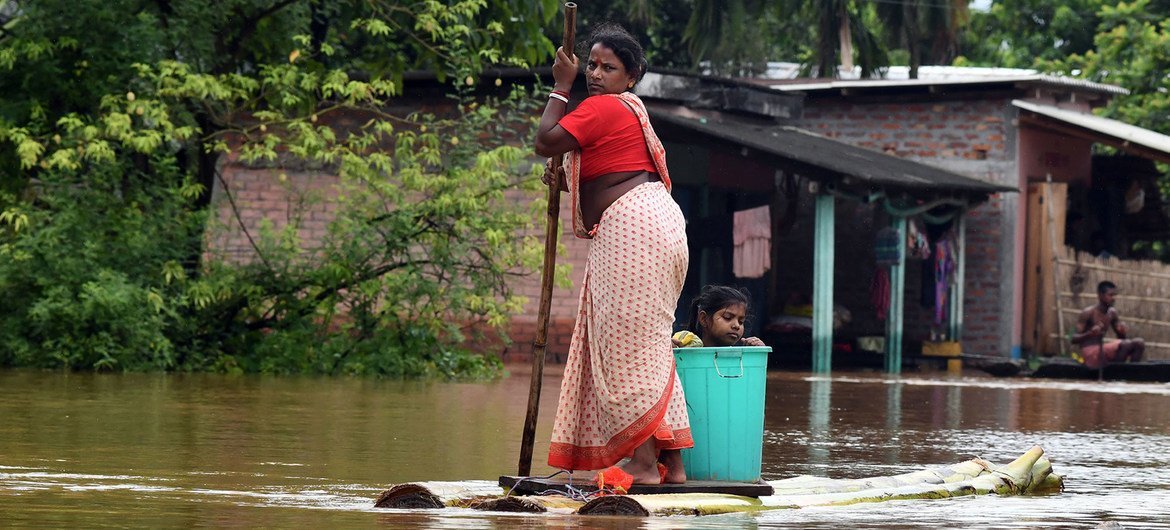For the first time, rich nations in 2022 delivered on a longstanding pledge to channel US$100 billion a year in climate finance to developing nations – two years later than originally promised, official figures showed last Wednesday.
Their failure to meet the goal on time has been a sore point in the UN climate talks, fuelling distrust between wealthy governments and poorer countries, which have struggled to cover the cost of switching to cleaner energy and adapting to worsening climate change impacts.
According to the new data from the Organisation for Economic Co-operation and Development (OECD), developed countries provided and mobilised US$115.9 billion in climate finance for developing countries in 2022, up from US$89.6 billion in 2021.
OECD Secretary-General Mathias Cormann, a former Australian finance minister, said “exceeding” the annual commitment was “an important and symbolic achievement which goes some way towards making up for the two-year delay” and “should help build trust”.
The year-to-year increase of around 30 percent was the largest to date and was driven by significant funding increases from multilateral development banks – which contributed the most at US$50.6 billion – individual governments and private finance mobilised by using public money to reduce investment risk.
Climate finance analysts criticised the quality of climate finance and the way the OECD calculates the figures.
Harjeet Singh, a veteran climate justice activist, said the process of providing and accounting for climate finance “is riddled with ambiguity and inadequacies” – a complaint long echoed by developing countries, which have called for more clarity and transparency on how the numbers are worked out.
“Much of the funding is repackaged as loans rather than grants and is often intertwined with existing aid, blurring the lines of true financial assistance,” said Singh.
The OECD report showed that in 2022, as in previous years, public climate finance mainly took the form of loans, which accounted for 69 percent or US$63.6 billion. Not all of this lending was concessional, some was on market terms.
Grants, by contrast, made up just 28 percent of the total at US$25.6 billion, with equity investments far smaller at US$2.4 billion.
Climate finance experts have also raised concerns over donor countries repurposing existing aid flows to meet the US$100-billion target. A recent analysis by the Centre for Global Development (CGD), a Washington-based think-tank, estimated that over a third of the money provided by developed countries in 2022 came from existing aid pots.
“A significant part of the increase is due to providers stretching, redirecting, and re-labelling existing development finance,” said Ian Mitchell, senior policy fellow at CGD and one of the report’s authors.
In February, an independent watchdog found the UK had counted an additional £1.7 billion (US$2.15 billion) towards its £11.6-billion (US$14.78 billion) climate finance target without giving any more money to vulnerable countries, mainly by re-badging other forms of aid as it sought to counter fiscal pressures related to the COVID-19 pandemic.
The way in which climate finance contributions by donor countries are counted and tracked will be part of negotiations this year on a new finance goal set to be agreed at the COP29 climate summit in Azerbaijan in November.
Under pressure at the COP26 climate talks in 2021, developed countries urged each other to at least double their provision of adaptation finance to developing nations by 2025 from the roughly US$19 billion they gave in 2019.
Last week, the OECD figures showed that at the halfway point in 2022, adaptation funding from developed nations rose to US$28.9 billion – the highest ever – with an additional US$3.5 billion mobilised from the private sector.
The Paris-based watchdog said progress towards meeting the target “has been made and needs to be maintained.














